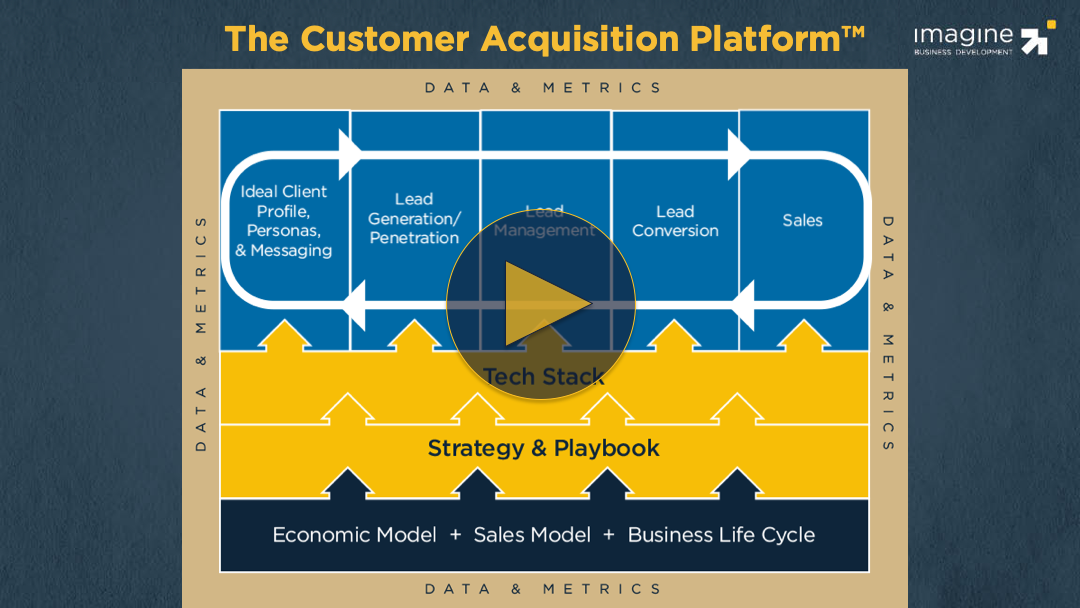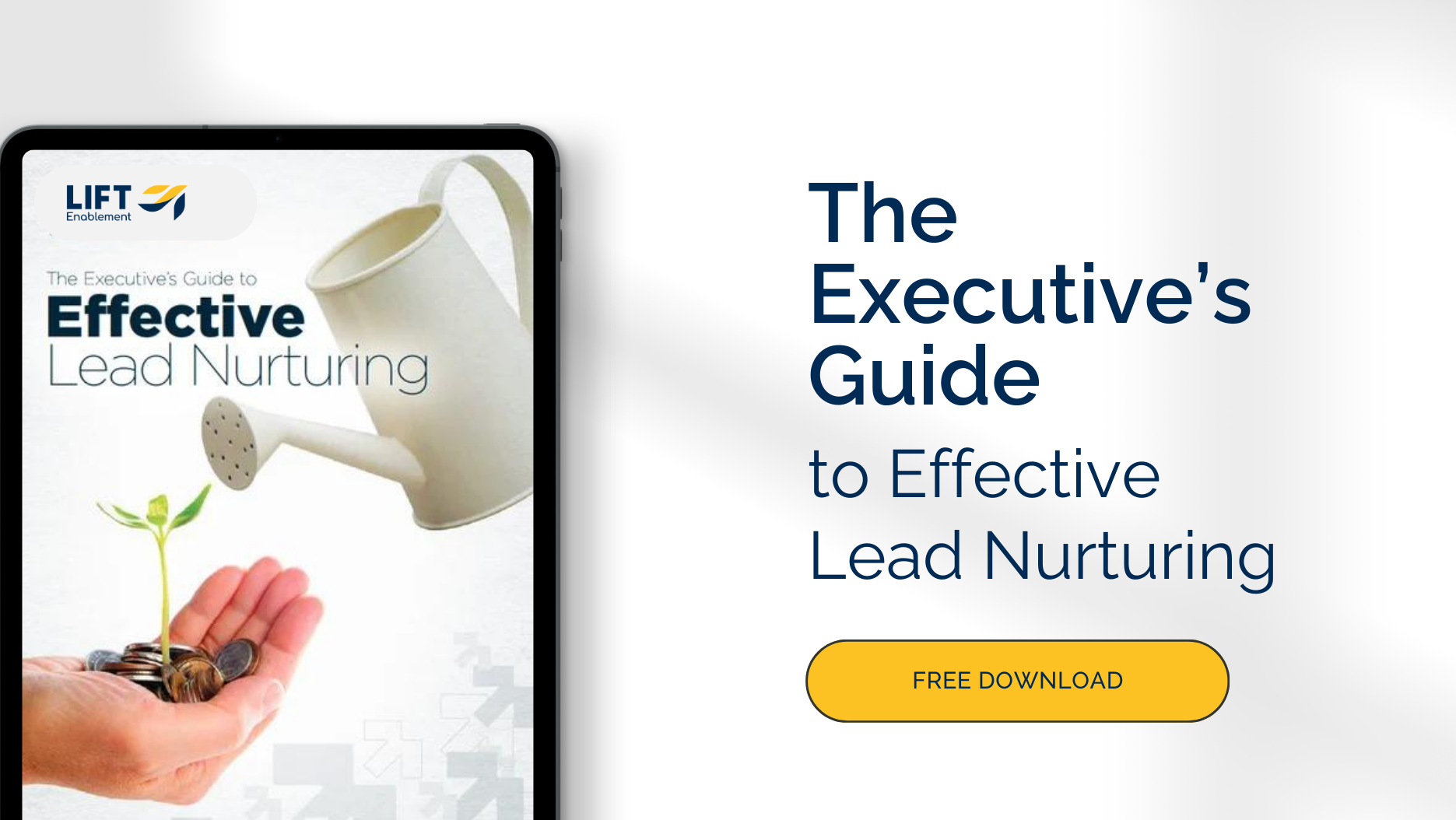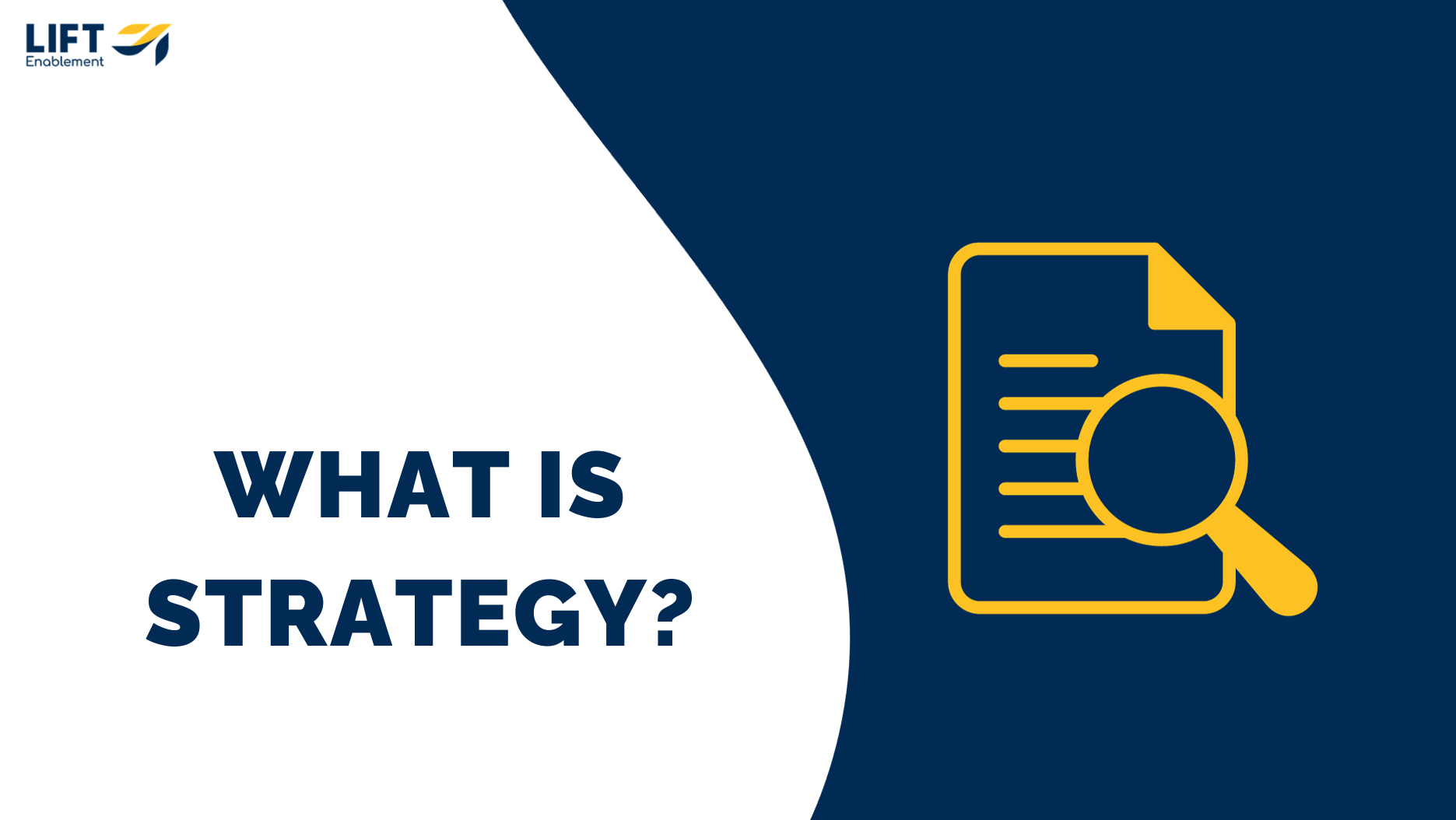The Pain Continuum
In the last issue of The Third Wave Selling E-zine, I discussed The Four Pain Gaps™ and their modes: Opportunity, Problem, No Gap and Overconfident. (For a copy of that issue, click here.) If you recall, the likelihood for a potential buyer to take action depends upon their Pain Mode. Buyers in Opportunity or Problem Mode are likely to take action, and those in No Gap or Overconfident Mode are not.
Knowing a potential buyer’s Pain Gap mode, though, is not sufficient to know when or what kind of action he or she is going to take. You must also know where the buyer is on the Pain Continuum to determine where he or she stands in terms of taking action. In this issue I will introduce you to the second half of our pain conversation, discussing the primary implication of the Pain Continuum. This will not only help you understand and apply the Pain Contiuum, it will also help you avoid the most common and most damaging mistake made by salespeople.
WHY PAIN IS IMPORTANT
People don’t buy for logical reasons, they buy for emotional ones. Then they use logic to justify or rationalize the decisions that they’ve made. People are motivated to pursue pleasure and to avoid pain. Furthermore, they will do more to avoid pain than they will to gain pleasure. This means that pain is always an important part of the buying equation – sometimes exclusively. Which would motivate you more: preventing someone from stealing $500,000 that you’ve earned, or the opportunity of earning $500,000? Think about it. A salesperson’s proposed solution should mirror this drive. All too often, though, the salesperson promises potentially great rewards, while the customer sees real costs and real problems in implementing the solution being proposed. I’ve written in a previous issue of The Third Wave Selling E-zine that the pain of changing must be greater than the pain of not changing or no change will take place. It is important to understand that the actual pain is not the driver here, perceived pain is.
It has been said that despite the number of drill bits sold every year, nobody bought drill bits; they bought holes. This is another way of saying that people buy benefits. The reality is that nobody bought holes either, they bought a resolution to the problem that needing holes created. People don’t buy benefits; they buy the ability to check problems off of their list. Remember, though, that not all problems are the result of negative situations. Many problems are caused when good things happen. Whenever someone has a problem, we call that a Pain Gap™ (see last issue for more). Now, just because someone has a Pain Gap does not mean that a sale is going to take place. Pain Gaps come in increasing levels of intensity, which leads us to the focus of this article: The Pain Continuum.
THE PAIN CONTINUUM
There are six zones of pain along the Pain Continuum. The more intense the pain, the more likely it is for a sale to take place. These zones reflect the buyer’s emotional relationship to their situation.
SATISFIED
People in the Satisfied Zone are happy. They differ from people who are in the Neutral Zone in that these Satisfied Buyers are conscious of their happiness. They may even be satisfied to the point where they are raving fans. If you attempt a sale to someone in the Satisfied Zone, they will either ignore you or, in some cases, may even get defensive. If you encounter someone who is in the Satisfied Zone, the best thing you can do is wish them well and go find someone who isn’t. The toughest challenge for a salesperson selling to someone in the Satisfied Zone is the frustration he or she faces. It might be assumed that the offering just isn’t good enough for the prospect or that the prospect just didn’t understand. This is rarely the case, and perceiving the situation in this manner can only decrease a salesperson’s confidence. Move on. Such individuals are not prospects.
NEUTRAL
People in the Neutral Zone have no opinions, positive or negative, about what you are selling – they’re not dissatisfied with their situation. There are a variety of reasons that someone may be in the Neutral Zone. The two most common are: they are legitimately satisfied or they are completely unaware that they shouldn’t be. In Vol I, issue 5 of this E-zine, I told a story about my surgery for kidney stones. Before meeting with the doctor, I was neutral about my ailment. I knew it existed, but it didn’t register for me. Once the doctor educated me on the consequence of my ailment, I went into the Crisis Zone. This is the approach you should take with people in the Neutral Zone – educate them on the problems you solve. This is the zone where your marketing, especially direct marketing, can begin to make the most difference. You should not engage someone in your sales process while they are in the Neutral Zone.
AWARE
People in the Aware Zone recognize that they have a problem. A salesperson I know described these people as ones who realize that their belt is getting a little tight and they know that they should begin thinking about going on a diet. Dealing with people in the Aware Zone can be among the most hazardous activities that a salesperson can undertake for a variety of reasons. People in the Aware Zone, in a mild state of dissatisfaction, are very receptive to your message. However, people in the Aware Zone are like a mirage in the desert. For a salesperson looking for a buyer, they may appear to provide an assured sale, but they are elusive because, while people in the Aware Zone are happy to talk to you, they are not ready to act – in many cases, far from it. You can waste tremendous resources trying to sell to someone in this zone.
DISCOMFORT
This zone is where a formal sales process should begin. People in the Concern Zone not only know that they have a problem, they take ownership of the problem too. They are willing to admit, even if only to themselves, that they are indeed dissatisfied. While they know they have a problem, they don’t know much else. They don’t know what is causing the problem, what it will take to solve the problem or what they, the potential buyer, would be willing to do to solve the problem. As a salesperson, the most effective action you can take with people in this area is to partner with them and help them investigate the problem.
DISTRESS
This is the zone where you should begin the process of closing sales. People in the Concern Zone have advanced through an investigation of the problem, they’ve defined the problem, and they know what they would be willing to do to solve the problem. The concern in this area is that they have not necessarily decided to solve the problem.
CRISIS
Those people who are in the Crisis Zone have pain that can no longer be ignored. It must be solved. The customer/buyer is demanding change, and if you provide the solution, you will get the business.
THE MOST COMMON MISTAKE SALESPEOPLE MAKE EVERYDAY, EVERYWHERE
John Salesman makes a call on a referral. The prospect welcomes John with open arms and is happy to talk about whatever John wants to talk about and answer any question John may have. John learned in his various sales training programs that you must ask questions to uncover needs – and John does just that. It is clear that the prospect understands that she has a problem. That is all John needs to launch into his presentation about all of the wonderful things that John’s company and products can do to solve the problem that the prospect has. John shares stories about how people in this same situation have benefited from John’s unique solutions. The prospect, aware that she has a problem, listens intently. She asks lots of questions and takes copious notes. John goes back to the office and (mentally) rings up another sale. Unfortunately, it doesn’t happen. What mistake did John make?
John did not advance the prospect through the Pain Continuum. The buyer was in the Aware Zone. (Salespeople make this mistake and experience the same result when the buyer is in the Concern Zone, as well.) Everyday, sellers offer their prospects solutions to problems that prospects haven’t even decided they want to solve. We all have problems that we aren’t going to solve. Then the salesperson is surprised when the prospect delays making a decision. Your solution should never be presented before the prospect is at in least the Distress Zone and, preferably, the Crisis Zone.
This is the professional salesperson’s job – to appropriately advance people through the Pain Continuum. This is done by helping buyers understand the real cause of their problems, know what their problems are costing them, and learn what it takes to solve the problems, and then working with the buyer to determine if solving the problem is appropriate. Successfully doing this is what builds a world-class business development process.
As a member of our E-zine community, we invite you contact us for a free one-hour consultation. This consultation is not a sales call in disguise. The focus of our discussion will be based on your completed self-assessment that we will send to you. If you would like to learn more about how you and your company can implement this processes more effectively and enjoy the results of more sales, increased margins and shorter sales cycle times, call or e-mail us today.
For more information call 410.544.7878 or click here to e-mail an inquiry.




